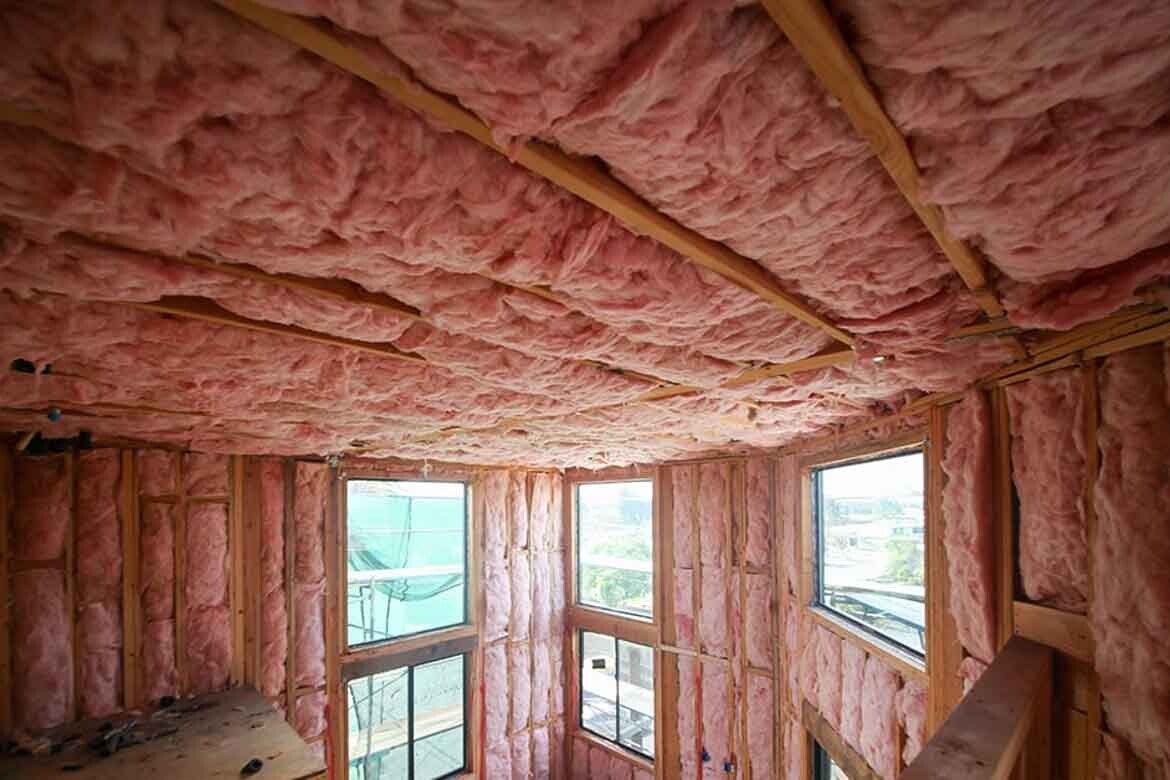The construction industry is witnessing a surge in innovative insulation materials aimed at enhancing energy efficiency, sustainability, and overall performance. Insulation Contractors are adopting these advancements to meet evolving environmental standards and improve building insulation. Let’s explore some of the latest insulation materials making waves in the construction industry:
- Aerogel Insulation:
Ultra-Lightweight: Aerogels are extremely lightweight materials known for their high porosity, offering excellent thermal insulation without adding significant weight to structures.
Nanotechnology: Aerogels leverage nanotechnology to create a structure with minimal solid material, making them highly effective insulators.
- Vacuum Insulation Panels (VIPs):
High Thermal Resistance: VIPs consist of a core material enclosed in a vacuum, providing exceptional thermal resistance.
Space-Efficient: Despite their thin profile, VIPs offer insulation values that surpass traditional materials, making them ideal for space-constrained applications.

- Phase Change Materials (PCMs):
Thermal Mass Utilization: PCMs absorb and release heat during phase transitions, contributing to thermal mass and regulating indoor temperatures.
Energy Storage: By storing and releasing energy, PCMs help stabilize temperatures, reducing the reliance on heating and cooling systems.
- Graphene Aerogel Insulation:
Graphene Integration: Combining the properties of graphene and aerogels results in a highly efficient insulation material.
Conductive Properties: Graphene aerogels not only offer thermal insulation but also demonstrate excellent electrical conductivity.
- Sheep Wool Insulation:
Renewable and Biodegradable: Sheep wool insulation is sourced from natural and renewable materials, making it an environmentally friendly option.
Fire-Resistant: Treated sheep wool can exhibit fire-resistant properties, enhancing its safety profile.
- Recycled Cotton Denim Insulation:
Upcycled Material: Made from recycled denim scraps, this insulation material repurposes textile waste.
Non-Toxic and Allergen-Free: Cotton denim insulation is often free from toxic additives and allergens, providing a healthier indoor environment.
- Nanocellular Foam Insulation:
Microscopic Cells: Nanocellular foam features microscopic cells, optimizing its thermal insulation properties.
Lightweight and Flexible: The lightweight and flexible nature of nanocellular foam allows for easy installation and adaptability to various construction needs.
- Bio-Based Foam Insulation:
Renewable Resources: Bio-based foam insulation utilizes renewable resources, such as plant-based oils, in its production.
Reduced Environmental Impact: These materials aim to reduce the environmental footprint associated with traditional foam insulation.
Conclusion:
The are embracing a diverse range of innovative insulation materials to enhance energy efficiency, sustainability, and overall building performance. From aerogels and vacuum insulation panels to bio-based foams and reflective systems, Insulation Contractors have an array of options to choose from based on project requirements and environmental considerations.
Note: The adoption of specific insulation materials may vary based on regional regulations, project specifications, and environmental priorities.
